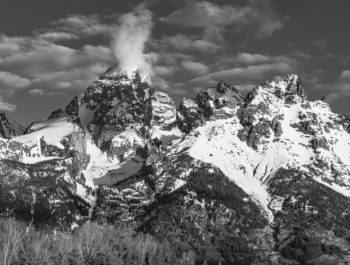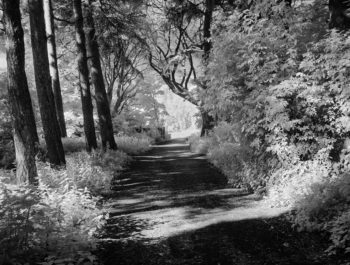Jan Bell Fine Art Photographer
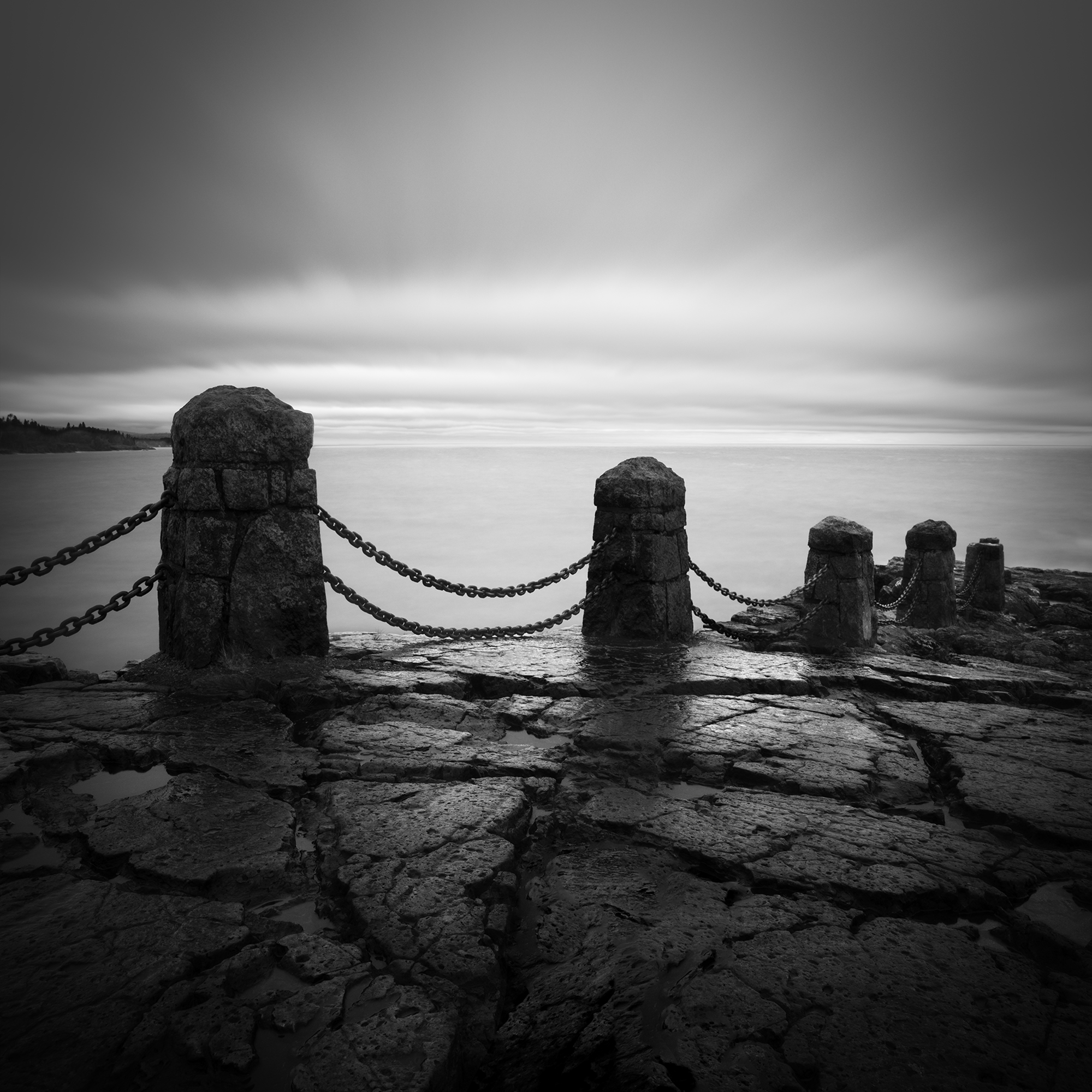
Publishers Note: I have known Jan for a number of years now. His work is standout recognizable as a Jan Bell. His story and commitment to the art of photography are exceptional. He has had health challenges that would make many of us hang it up, yet his challenges inspired him to push harder. I present an article by Jan in his words. Also, in the coming weeks, I’ll have a special Conversations With Jan Bell that will be featured here on PXL. I hope you enjoy his story and photography.
Growing up on a farm in the flatlands of Northwest Ohio instilled an appreciation for the land. This innate passion has continued into my adult life. My early years were filled with exploration. I frequented a small wooded plot on our farm. Time escaped me; I became lost in my surroundings. In retrospect, I feel that this was my introduction to the wilderness, albeit a four-acre wilderness.

I consider myself an avid adventurer and am most happy when I’m off the beaten path exploring remote locations throughout North America. I’m particularly drawn to the West and to the shores of Lake Superior – places that renew my soul and that I explore repeatedly. I’m always at peace during my visits, often capturing images for weeks, even months. More often than not, the experience is as much about spending quiet time in the outdoors as it is photography. Without one, the other wouldn’t hold much meaning – they are inseparable.
It wasn’t until the early 1980s that I was introduced to the West while attending MacWorld, the annual Apple conference in San Francisco, California. I loved the city – its food, its culture, but most of all the natural areas that surrounded the Bay. With each subsequent trip, I extended my travels, exploring the coastal areas and eventually traveling inland to Yosemite and Death Valley National Parks, as well as the Sierra and on to the Southwest. While I love the West, the area that’s closest to my heart is the region of Lake Superior. It has been a source for a lot of my work, especially the eastern shore of the lake.
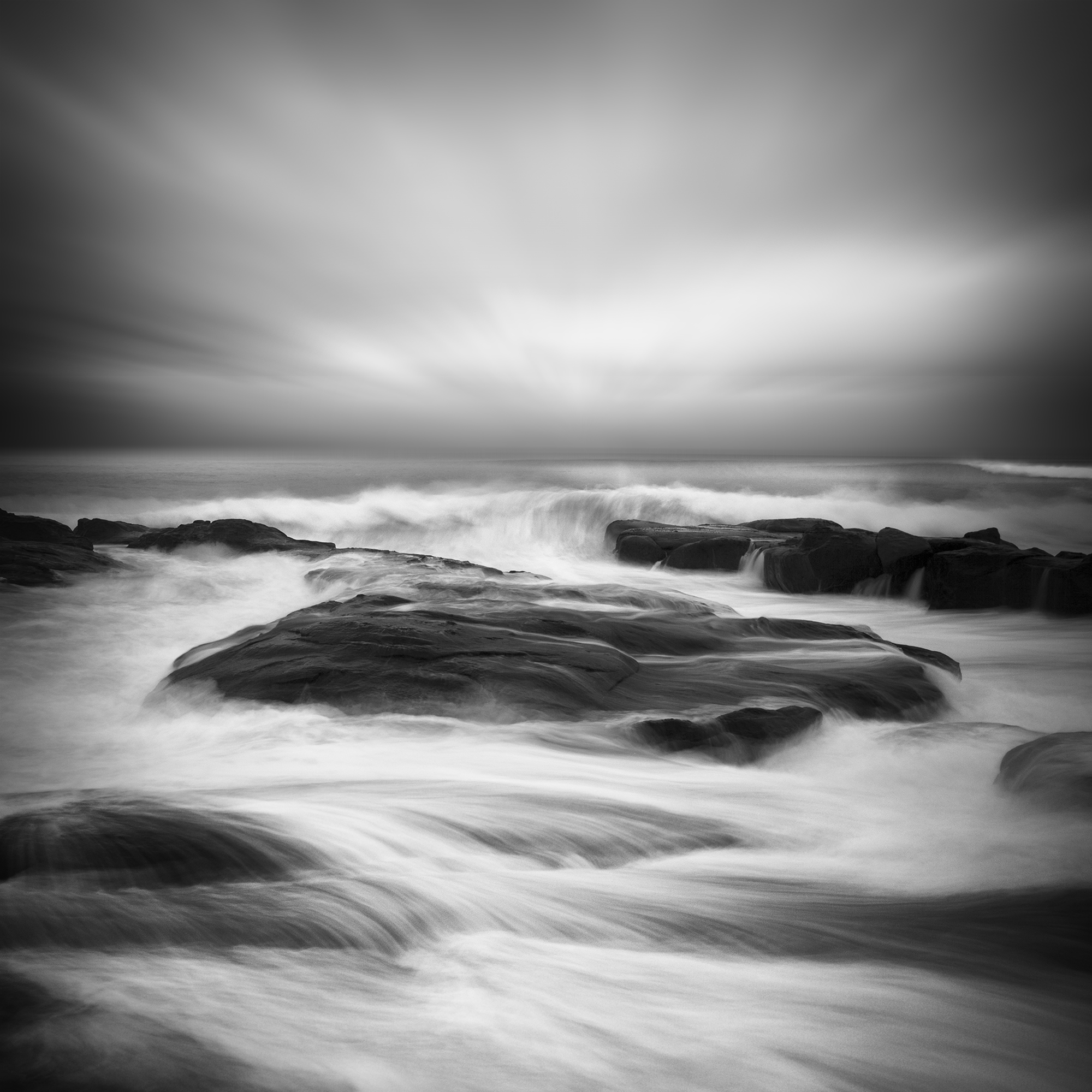
My photographic journey has transitioned from merely taking photographs of the landscape to creating images that portray my personal interpretation of it. Coming from an art background, I feel that my approach to imagery is much different than the majority of shooters. Over the past decade, there has been an evolution of my work that wouldn’t have been possible had it not been for a change in my philosophy which has allowed for complete artistic freedom.
Whether it’s a plant, a landscape, or a manmade structure, each photo represents an opportunity for me to consider the subject – almost apart from the meaning or function of that subject – in terms of the beauty of its form. I focus on an intimate view of the inner folds of a plant, a secluded canyon, a quiet coast, or a sand-swept dune, narrowing one’s scope and allowing one’s eye to see only selected elements of the whole.
My recent work depicts a quiet look at the natural world. Through the use of long exposures, photographs are rendered in an ethereal manner. There is always an absence of human development on the land. Several photographs of this genre, captured at Lake Superior, formed the basis for my submission to Luminous Landscape. These images were an integral part of the application process for the Michael Reichmann grant, named in honor of the founder of Luminous Landscape. From a multitude of entries, I was selected to receive $5,000 to continue this style of photography along the sublime coastline of Oregon, Washington, and Northern California.
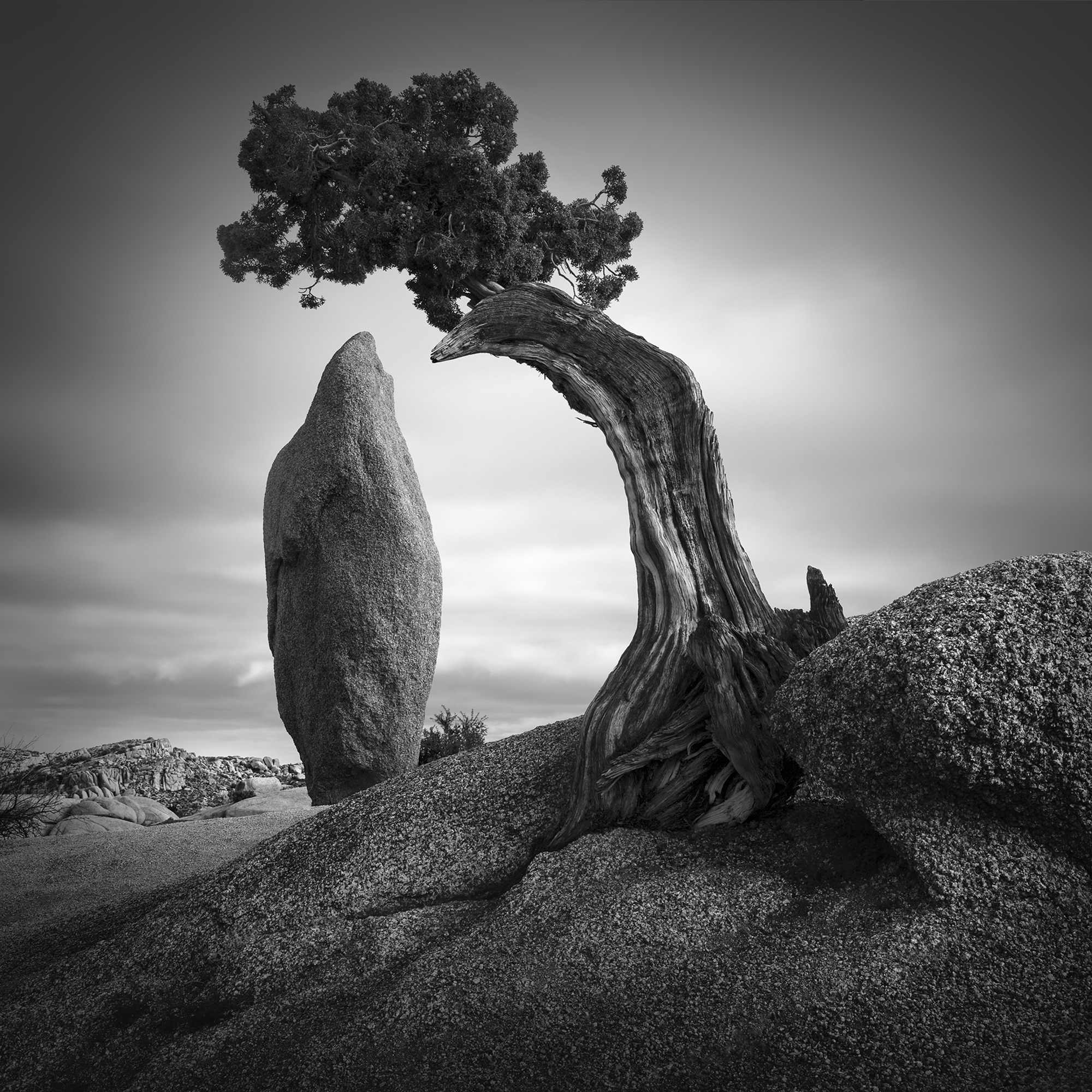
Historically, the question of whether photography should be considered art has been an ongoing debate since its discovery. It was seen as a mechanical device and therefore did not qualify as an art form in its early years. Photographers were viewed merely as technicians. Photography did not reach a level of art recognition until the last century. Edward Steichen advanced the discipline with “Moonrise, Mamaroneck, NY, 1904” which is largely considered the first photographic print to transcend that boundary. I feel very fortunate to be working in a time when it is possible for my work to be recognized by the artistic community.
Photographs are a mere two-dimensional representation of the world that surrounds us. Each photographer uses his or her own sensitivities to interpret that reality, resulting in many varied styles. My interpretation can be seen in the photographs that accompany this article. More often than not, I find that nature doesn’t present itself to my liking; nor do man-made structures. Something is usually misplaced in a composition; there might be a misshapen rock or a hole in the cloud cover or simply something that I choose to remove. Sometimes there is an area that’s devoid of sufficient subject matter. While most photographers use what is captured – that is not the case for me.
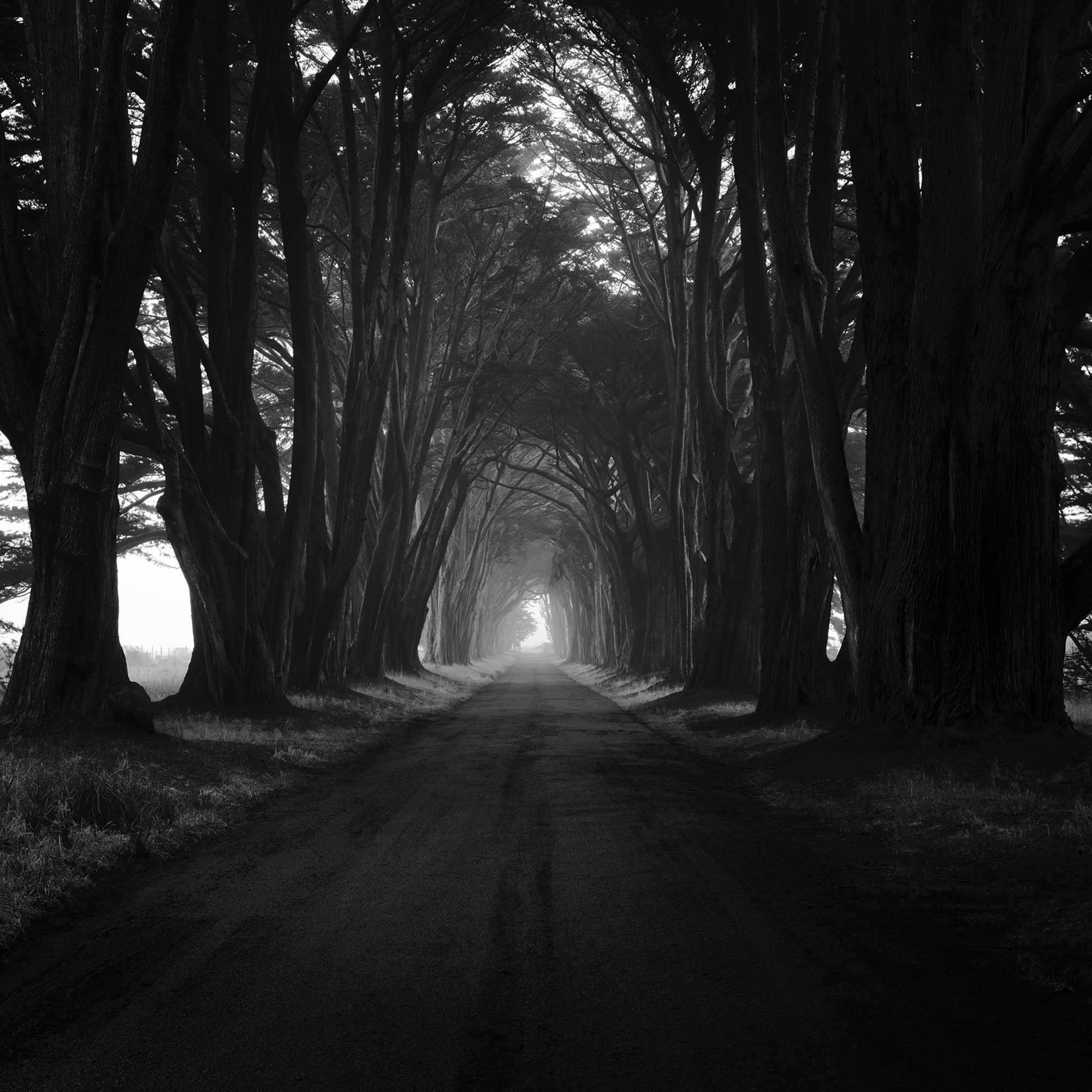
My interest in equipment and software has declined drastically over the past decade; a complete flip from the beginning of this journey. While I understand and appreciate the advances that technology has provided, I’ve evolved only to find its constant evolution/upgrades extremely annoying. I love the act of shooting and working in Photoshop, but the many distractions that are encountered along the way tax the creative, right side of my brain. While a majority of photographers use various applications to achieve their goal, I choose to work only in Photoshop. My preference for PS stems from the fact that I like simplicity. It has never failed to offer the tools that I need to complete my work. I began using it when I was a graphic design director at PBS. It was always my “go-to” program, often used in an unconventional manner for graphic artwork.
I do a LOT of extremely intricate layer masking which can only be achieved with Photoshop. It allows for an infinite level of adjustments once a mask is created. Beyond masking, I replace skies, add and/or remove elements, and move things around if deemed necessary. One recent photograph was in need of a complex mask that, once finished, allowed me to drop in various skies until I found the one that matched my vision. It was a complex mask that took about 6-8 hours to achieve.
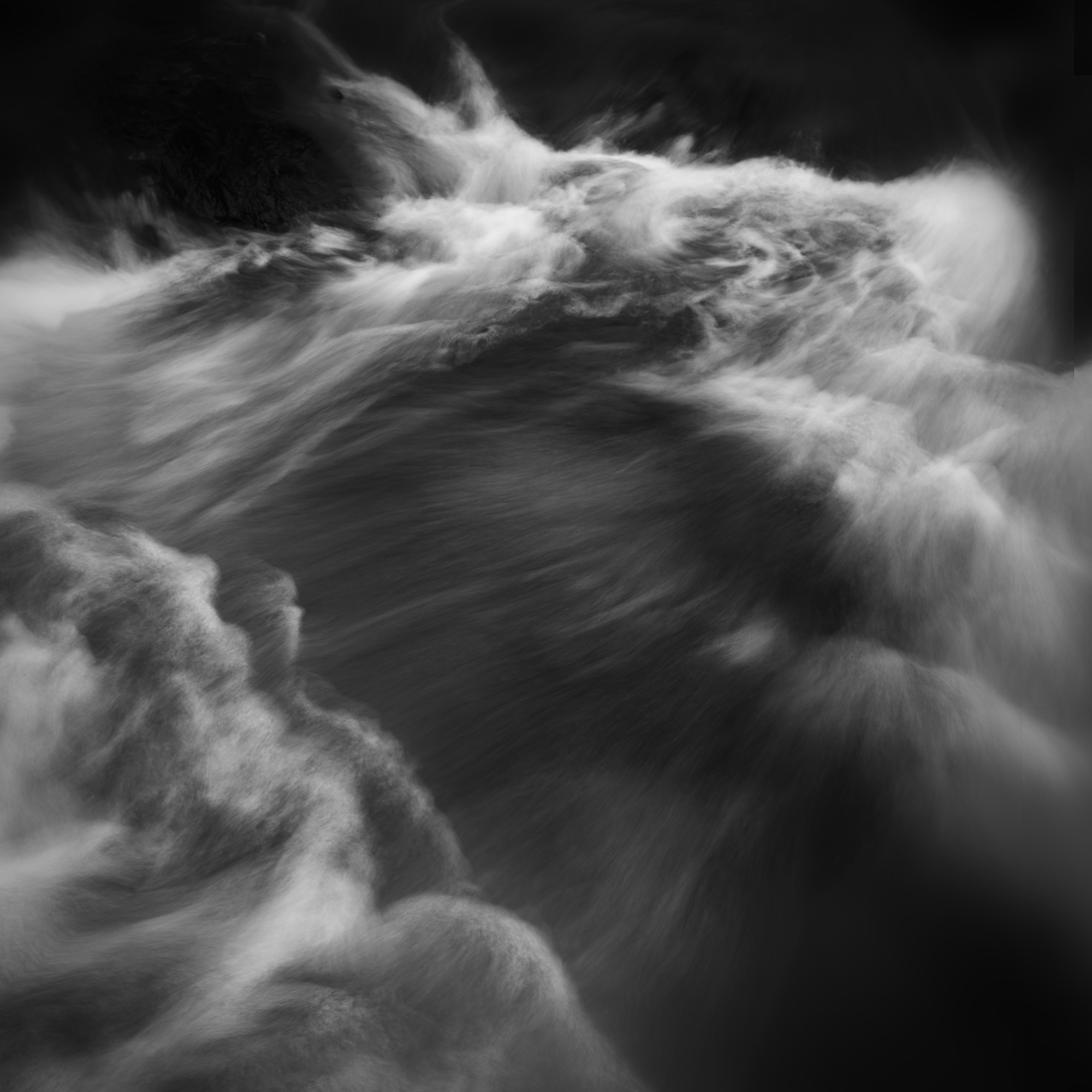
It is with great excitement that I share the most important goal of my photographic journey – the publishing of a hard-cover portfolio book. It was on a long list to things to accomplish and quickly moved to the top after being diagnosed with cancer in the fall of 2017. I’ve worked on this project for the past three years, relying on the advice of people from various professions. Their insight proved to be invaluable. The book will encompass a collection of my work from the last 20 years as well as several new images yet to be released. If funded, I will be able to proceed with the production of the 144-page book, titled “Quiet Contemplation.” If you would like to help make this project a reality, feel free to contact me at the email address provided at the bottom of this article. Books, and/or prints, will be given at various contribution levels.
Also high on my list was leading a photographic workshop along the eastern shoreline of Lake Superior. I’m proud to say that I accomplished that goal in the fall of 2019. I will be repeating the workshop this coming fall if the border to Canada is opened. (details at the end of this article)
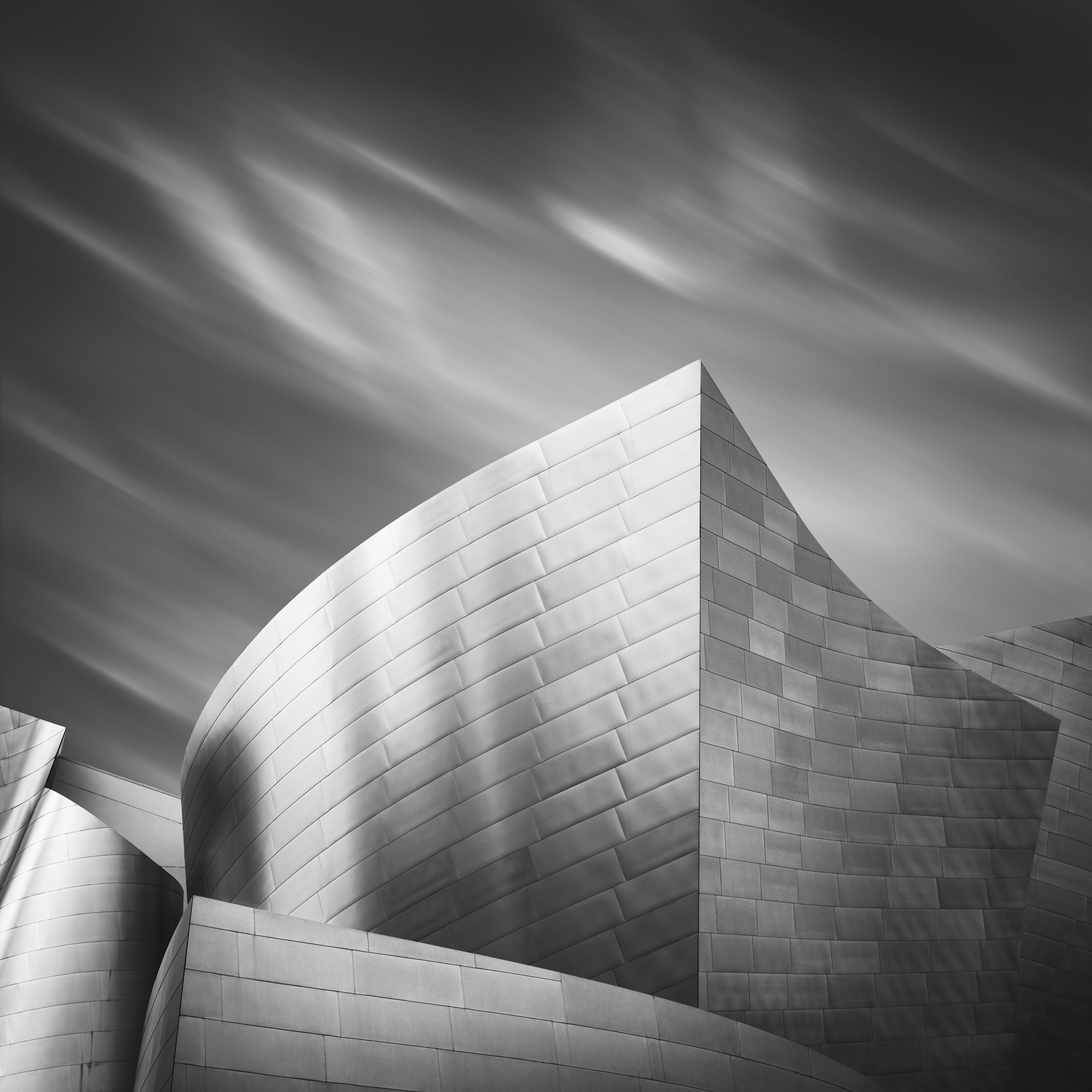
The workshop will explore the “fine art” side of black and white photography. Composition will take center stage during our location shoots. You will not be taken to “iconic” locations where you simply anchor your tripod and snap a few perfect photos without giving any thought to the process. You will be tasked to think about compositions while on daily location shoots and during classroom work. I will share my thoughts on scouting and the importance of shooting test images, etc. Great compositions abound at Lake Superior Provincial Park! So it’s quite possible that you’ll go home with a portfolio-grade image or two.
We will delve into what goes into creating an expressive print. I will show examples of my work, illustrating my style of photography. Each participant will share 12-14 photos that they will bring with them. I feel that critiques are one of the most valuable learning tools in a workshop. Therefore we will spend a fair amount of time discussing each participant’s work (approximately an hour, typically in the evening hours). The sessions will be done in a relaxed manner, without any pressure.
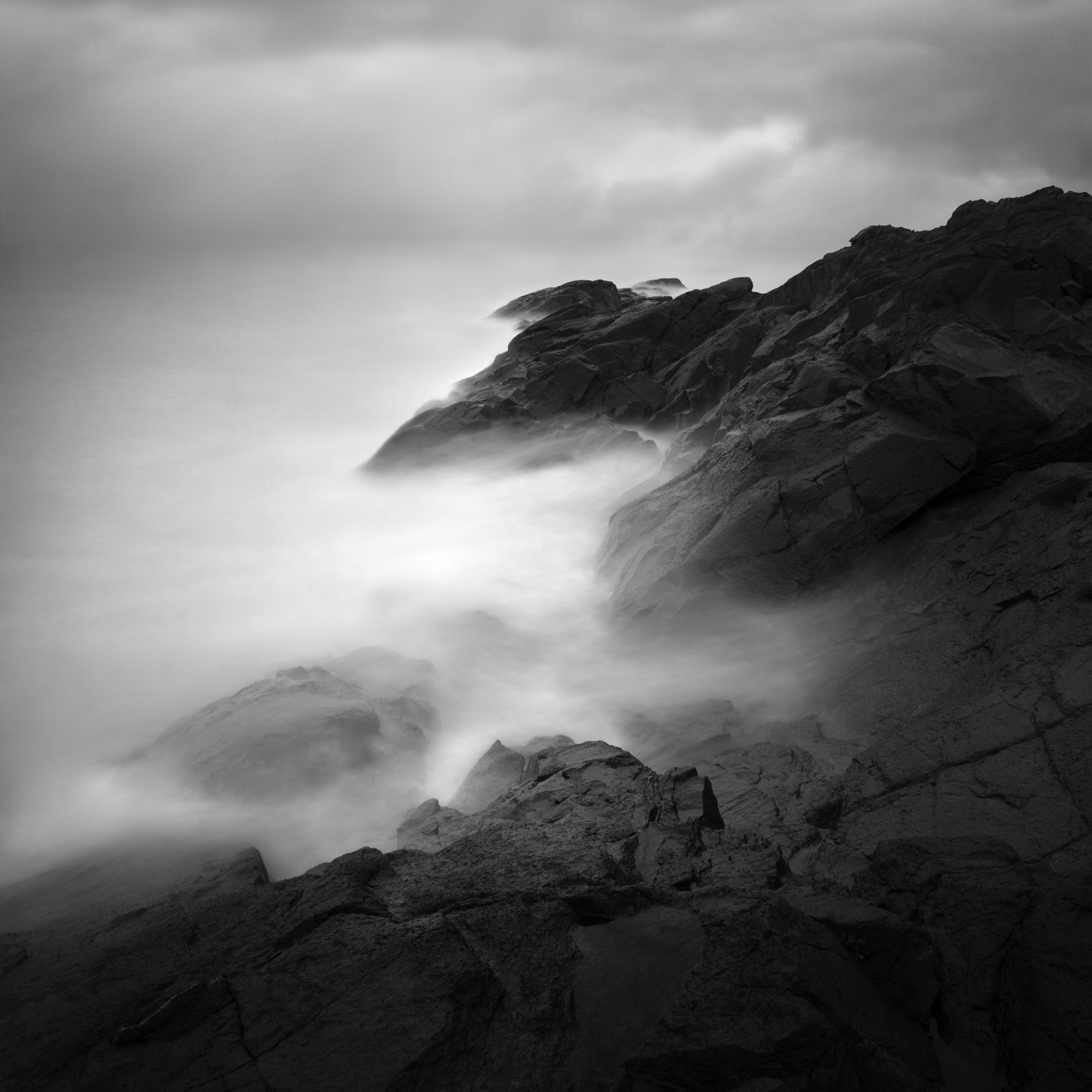
Rock Island Lodge located near Wawa, Ontario, Canada, will be the headquarters for our workshop for the week of September 12-18, 2021. The lodge is situated on a private seven-acre peninsula surrounded by Lake Superior. The guest rooms offer a view of the water’s edge. It’s an beautiful retreat nestled on the rocky shore of Lake Superior that offers tranquil serenity. The shooting locations abound within Lake Superior Provincial Park, which is adjacent to the lodge. The owners are extremely hospitable and their rooms are simple and clean. The food is incredible (special diets are available upon request). There is always a fire burning in the fireplace. If you have any questions or are interested in registering, simply email me.
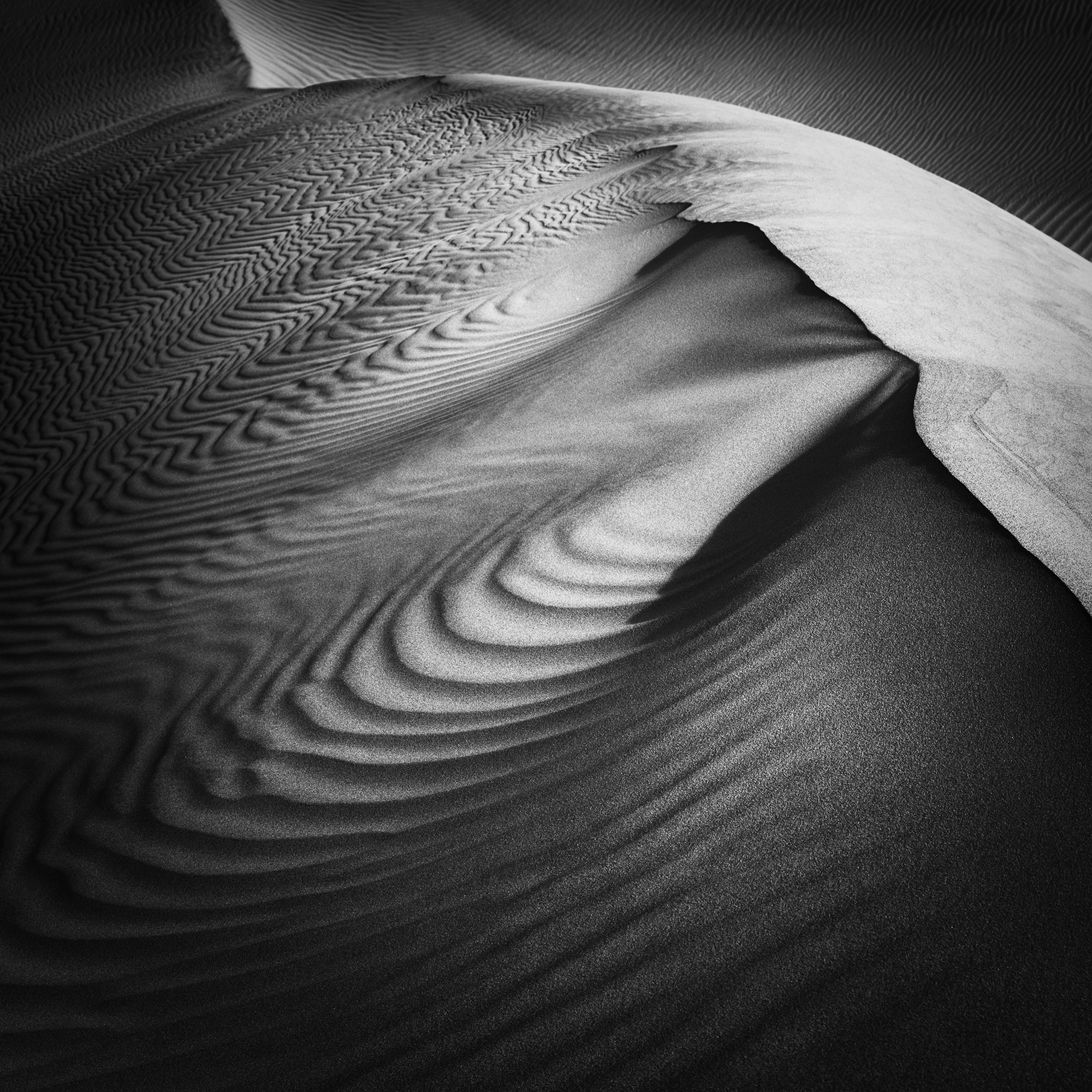
WEB: www.bellimages.com
EMAIL: [email protected]
Curriculum Vitae
The Lake Superior Workshop PDF
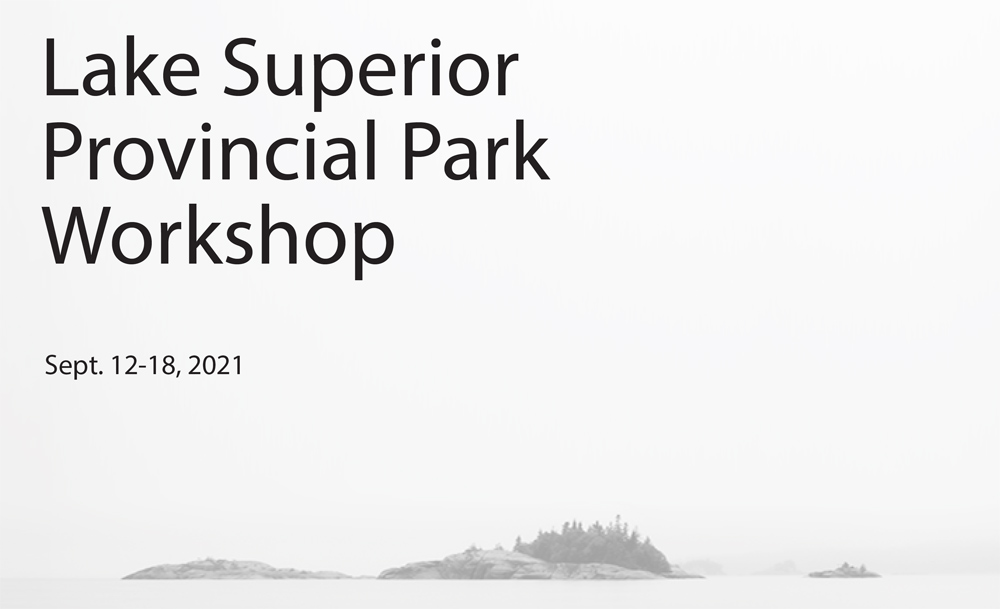
Jan Bell’s Quiet Contemplation Sample Book
Jan is in the process of making a book project. These two PDFs will show a sample of his book project and how you can be part of it. Please consider supporting him in this endeavor.
Jan Bell
March 2021
, OH
Bell’s work reveals an intimate view of the natural world, reaching into the subtle beauty within a form. Growing up on a farm in the flatlands of the midwest instilled an appreciation for the land. This innate passion has continued into his adult life and translates as the work you see today. Each photo represents an opportunity to consider the subject, almost apart from its meaning or function. Whether it be the inner folds of a plant, a sand-swept dune, or a distant coastline, Bell reveals only as much as he cares to share. The pursuit of untouched landscapes has taken him all over North America, typically photographing for weeks or months at a time. This love of the land, coupled with a love of fine art photography, combine to make his expressive prints. Throughout Bell’s career, his work has been exhibited in galleries throughout the U.S. His photographs have been published in B&W magazine as well as books. He has garnered numerous awards, with the Ansel Adams award topping the list for his “Agave” photo, which is now in the permanent collection at the Toledo Museum of Art, and the University of Michigan Art Museum. www.bellimages.com






